Located on the southwest corner of 24th and Lake for more than 50 years, Duffy Drug was an iconic store in North Omaha. Before they were there, the site at 2424 North 24th Street was home to the farthest north drug store in Omaha. After that pharmacy, there were three others there, including Duffy Drugs. The first Black-owned business on the southwest corner of 24th and Lake was the Soul House music store in 1968. This is a history of businesses on the corner and some of the people associated with them.
Crissey Pharmacy

Julia Maude Filmore Foster Crissey (August 5, 1859-October 9, 1911) and her husband Charles Miller Crissey (August 4, 1857-October 23, 1888) opened a pharmacy at 2424 North 24th Street in 1886. Born Julia Foster on August 5, 1859, she was educated in Chicago and attended the Chicago College of Pharmacy. She married her husband, in 1883 and they went into business in Illinois. They came to Omaha in April 1886, where they opened shop at 24th and Lake. In an industry dominated by men, Mrs. Crissey was also the secretary of the Nebraska Pharmaceutical Association for several years.
For more than a decade, Mrs. Crissey ran the farthest north pharmacy in Omaha in a two-story building that housed the pharmacy on the first floor and apartments on the second floor. Mrs. Crissey became active in Omaha’s well-heeled social circles, helping to found the Omaha Women’s Club and a local church. When Mr. Crissey died suddenly in October 1888, Mrs. Crissey kept the business running herself. According to an international journal for pharmacists that featured her pioneering work,
“…her success is proof of her thorough mastery of the profession.”
—From “American Lady Pharmacists” in The Chemist and Druggist, March 18, 1893.

Julia married another man in the pharmaceutical business named George W. Hoobler on December 5, 1894. In 1895, Mrs. Hoobler published a journal article intriguingly called, “The Soda Fountain: Its uses and abuses,” which I think must have been an awesome study that was surely under-explored.
In 1899, G. W. Hoobler founded a company called Porter-Ryerson-Hoobler Company, an early pharmaceutical manufacturing business, then sold his share in 1907 to start a financial services business. Hoobler was also a founder of the Omaha Commercial Club, and a developer of a new auditorium in Omaha after 1911.
Mrs. Hoobler left her business to support her husband’s company. In 1910, she moved back to Illinois, where she was from, then died in October 1911.
Haight-Adams Pharmacy

Then in March 1899, one of Mrs. Hoobler’s clerks, Alexander Crawford Adams (1867-1933), went into business with Peter Bertrand Haight (1859-1908) and bought the Crissey Pharmacy, calling it both by its original name and the Haight-Adams Pharmacy.
The pair were charged with selling liquor without a license in 1903, but continued onward after that. Haight passed away suddenly in 1908, and Adams kept running the business. On March 23, 1913, the Easter Sunday tornado destroyed the business building, and it was rebuilt afterwards.

At one point in 1916, there were three Haight-Adams Drug Stores, including the one at 24th and Lake, one at 24th and Ames, and one at 24th and Fort.
Duffy Drugs

By 1924, the establishment was operated as Reid and Duffy Drug Company. Established by Clyde J Reid (1888-1956) and Edward L. Duffy (1891-1950), the business was an investment. By 1931, Duffy owned the store on his own, and the iconic Duffy Drugs was operating. It was also called the Lake Street Drug Company. He wasn’t done with Reid though, and in 1933 they incorporated a cosmetics company together called Reid Duffy Beauty Company. Duffy’s home, built at 2535 Country Club Avenue in 1938, is part of today’s Country Club Historic District.
Duffy’s Drug was the 24th and Lake Historic District’s go-to-store. Selling pharmacy goods including drugs, first aid, healthcare and other goods, they also sold homewares, electronics and more. The store provided money orders, check cashing and other vital services as well.
Ed Duffy passed away in 1950. By June of that year, Hubert Adam Von Tersch (1904-1984) bought the store and continued running it as Duffy’s. The father of nine children, he worked at Duffy’s for seven years before he bought it. Von Tersch closed the store permanently in 1966. In 1977, Von Tersch and his wife celebrate their 50th anniversary along with their 37 granchildren and five great-grandchildren.
Soul House

After the drug store closed, the Omaha Opportunities Industrialization Center, or OOIC, used the building as a classroom. Then in late 1967, the former drug store was re-opened as The Soul House, a music shop. This was the first Black-owned business ever located on the corner since it was first developed in 1886. Leo Smith (August 22, 1934-June 15, 1986), a major stockholder and the operating manager of the business, said “I think people in the so-called ‘ghetto’ must begin doing something for themselves… We have faith in the future of the area.” The business was also called Leo’s Soul House.
During the July 7, 1968 rioting along North 24th Street, Soul House mounted two large speakers outside their shop. At 3am in the morning, police smashed in the speakers, then went into the store and wrecked the turntables music was playing on. Apparently, the store had been closed and was playing music over the loud speakers “because it has a soothing effect.” According to the City of Omaha’s attorney, “the music was so loud that policemen could not hear commands of their commanding officer… nor could their hear the commands when broadcast over the speaker system of the commanders’ [sic] squad car…” A complaint brought to the Omaha City Council for repayment of the cost of the speakers and turntable was turned away.
“The cost of the speakers, as you say, won’t break us, but the destruction of an idea may.”
—Wilbur L. Phillips, representing Soul House to the Omaha City Council, July 16, 1968.
The Soul House was closed by September 1969. Smith, interviewed for an article in the newspaper that month, said the problem wasn’t solely the riots or break-ins, but “internal problems.” Presumably this meant problems among the owners.
Last Years
The building hosted several different enterprises in the next 20 years. In 1975, it was a Greater Omaha Community Action, or GOCA, Center. Started to fight poverty, today the organization continues as the Eastern Nebraska Community Action Partnership, or ENCAP, and has offices further north on 24th Street in the Saratoga neighborhood. In the early 1980s, Roosevelt’s Recreation Room was there. A video game arcade, Roosevelt’s also had pinball and a pool table. In 1995, Eliga Advertising and Champion Production was there. A media production studio, there was video and graphic arts equipment at the facility, which was owned by Eliga Ali. Ali was also president of the 24th and Lake Streets Merchants Association.
By 2000, the City of Omaha owned the entire block from 24th to 25th Streets and Lake Street to Lizzie Robinson Avenue, and apparently sought to make it available for development of cultural, entertainment or commercial purposes, or a combination of those. The Family Housing Advisory Services proposed to build a multilevel, $4 million headquarters in 2002.
The City planned to demolish all of the buildings on the corner, including Duffy’s Drug. In early 2003, a group called the Committee for the Preservation of Historic North Omaha Sites shared concerns with the city council and the Family Housing Advisory Services, specifically raising interest in the buildings’ historic importance. Leaders of the committee, including Jim Calloway, Vicki Webb and Harry Eure, proposed a large park with an amphitheater and good lighting to the city. However, the city rejected their idea and the plan proceeded.
Lake Point Center

Sitting on an acre including the corner, the new headquarters for the Family Housing Advisory Services was finished in 2004. A nonprofit started in 1968, the organization’s building has office, a community meeting space and a space for a cafe. Family Housing Advisory Services continues being housed there today. Starting in 2006, the building was referred to as the Lake Point Building.
The Lake Point Building has been home to more than just offices for a nonprofit though. Chef Mike’s was the first cafe there, and was focused on providing health fast food to North Omahans. Donald Curry’s Omaha Rockets Kanteen was there for several years, serving up Black baseball history with delicious Southern soul food. The John Beasley Theater is located in the Lake Point Building in Suite 130, too. Named in honor of the Native Omahan actor, it has hosted many performances and events. Other tenants include Omaha 100, Inc., the Empowerment Network, SBEaesthetics, Family First: A Call to Action, Spruce Staffing, Orr Psychotherapy, Interdenominational Ministerial Alliance of Metropolitan Omaha, and the Revive Center.
Today, there’s no sign of the 135-year-history of this corner’s importance to the health and well-being of North Omaha. No historical marker, plaque or other commemoration includes its significant buildings or events. Instead, just a modern building with little history, which is completely different from the area around it.
A special note from Susan Koch, Family Housing Advisory Services Director of Facilities, let me know there’s an awesome piece of history on display in the building: “I wanted to share with you that the post that supported the overhang in front of Duffy Drug was saved from demolition! The architects that designed our building purposefully incorporated it into our front facade. It was carefully removed from the site during construction of our building and then brought back.”
So there is a sign of the building’s history! Go check it out today, and send an email to Family Housing Advisory Services to thank them for saving it. History LIVES in North Omaha!
You Might Like…
- A History of 24th and Lake Historic District
- A Recent History of 24th and Lake
- A History of North 24th Street
- A History of Healthcare in North Omaha
Elsewhere Online
- Family Housing Advisory Services official website
Bonus Pics!







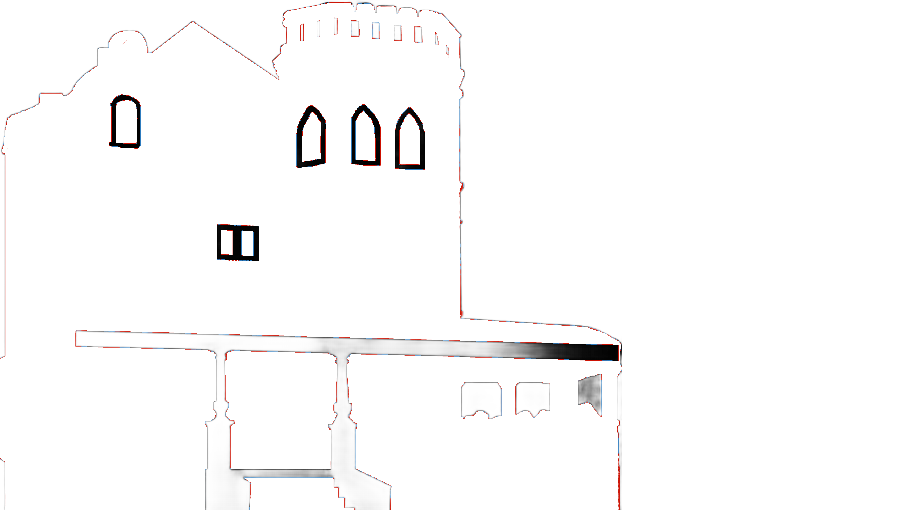

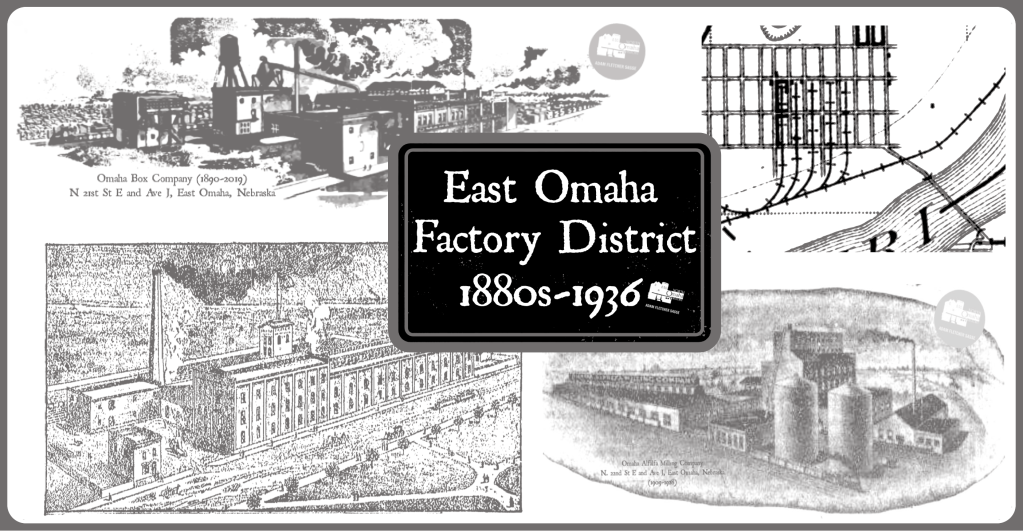
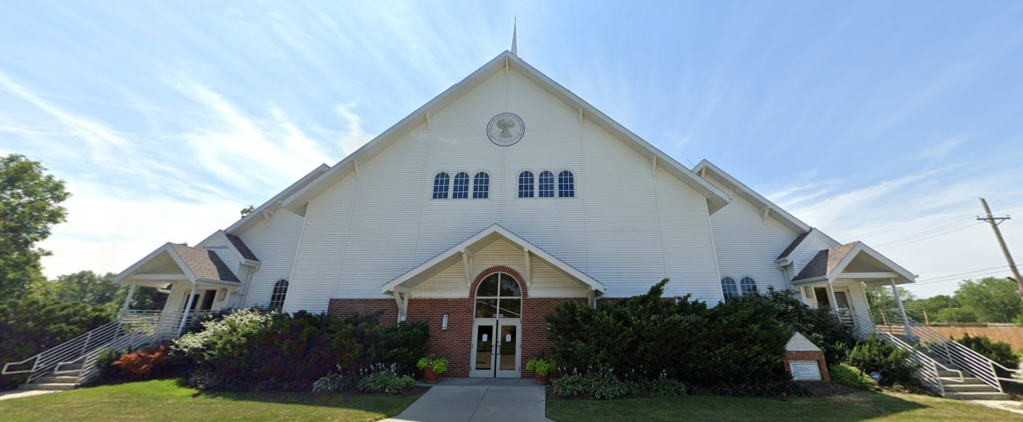
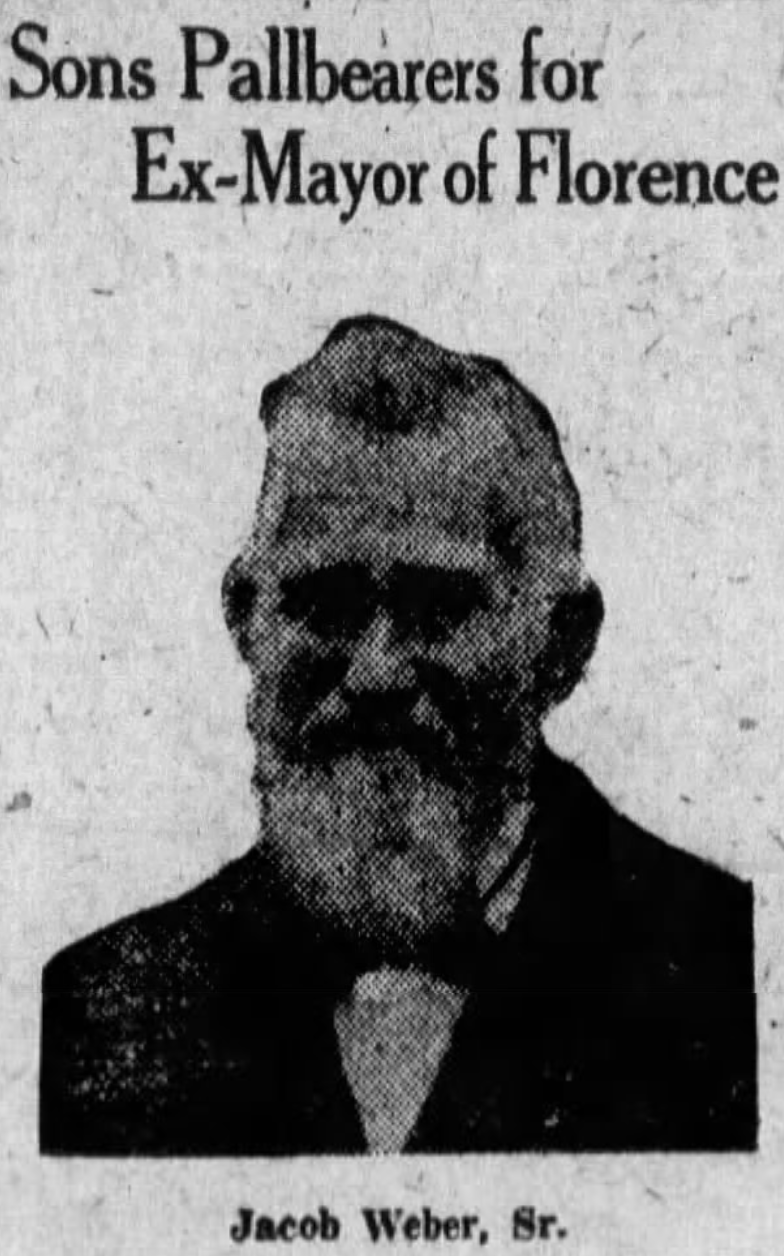
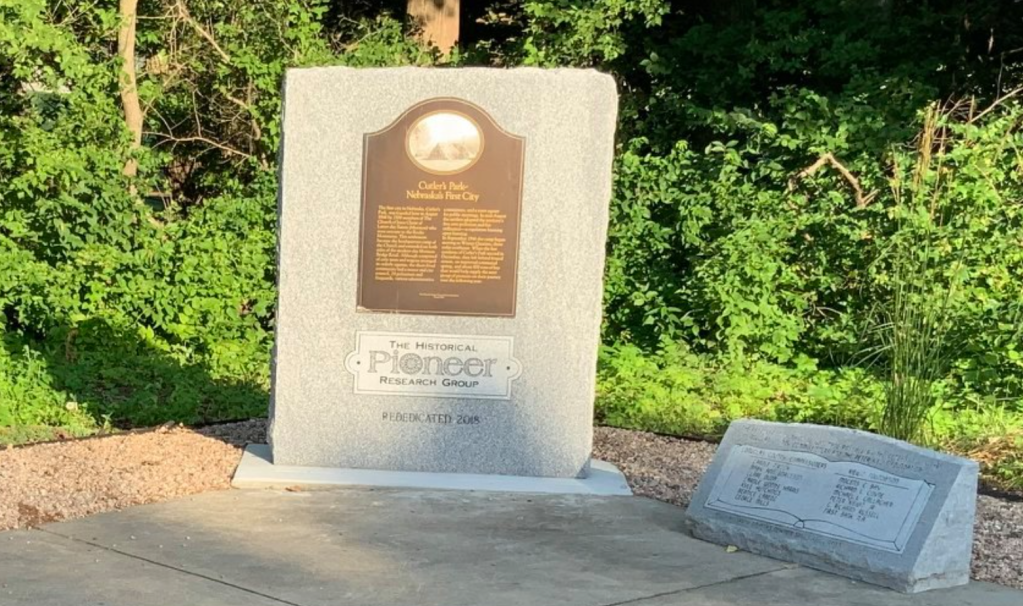
Leave a comment